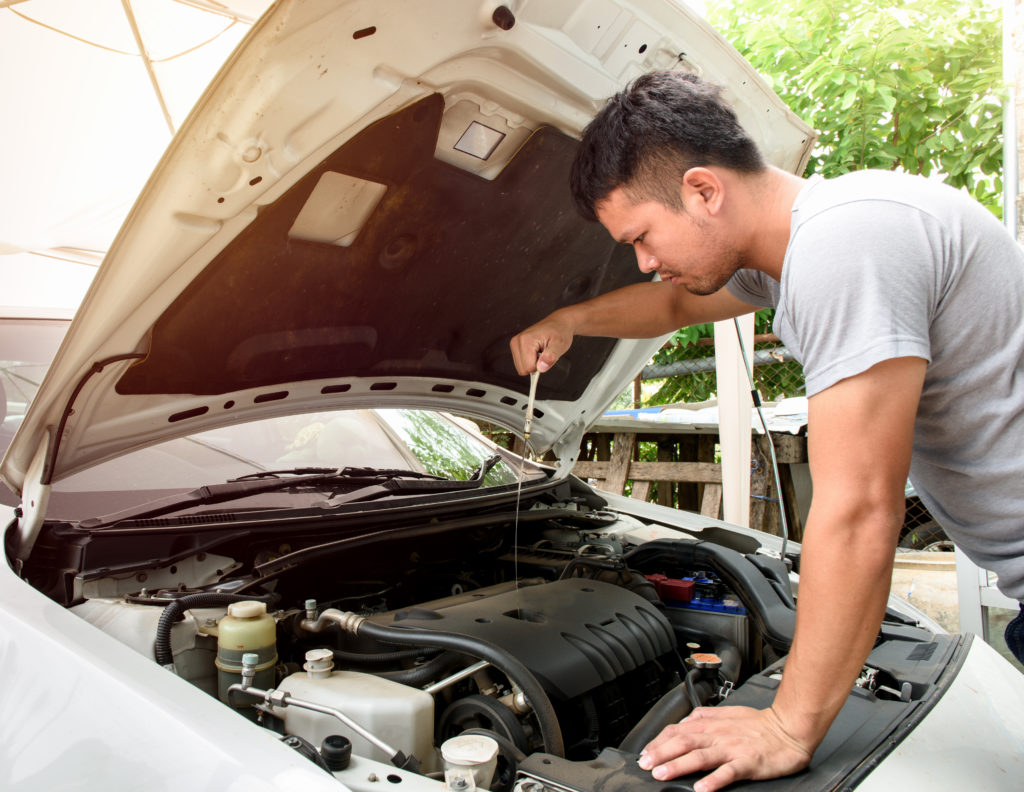
Visit any dealership, and you’ll notice there are only a handful of vehicles available for purchase and the sales floor is nearly empty. The service department, however, is a different story. Since the chip shortage began limiting the availability of new and used models, auto repair shops have been overrun with customers trying to keep their current vehicles on the road.
Furthermore, the technician shortage, which has been a problem for years, has only worsened as a result of the pandemic. As such, many shops don’t have enough workers to keep up with the massive influx of cars in need of repair. Supply chain issues caused by the pandemic are also making it difficult for repair facilities to get parts.
So, what does that mean for you, the consumer? Well, for one thing, you’ll likely need to wait a while for any type of car repair, as most shops are booked weeks out. If you don’t want to wait forever for a simple service, such as an oil change, now is the perfect time to learn how to tackle some basic car care tasks on your own.
The Pandemic Causes Computer Chip and Supply Chain Issues; Fuels the Technician Shortage
By now, everyone is aware of the computer chip shortage, which has reduced the availability of new cars and subsequently driven up the cost of pre-owned models. New and used car prices have both reached a record high, averaging $45,031 for new vehicles and $25,829 for used models.
Because it’s nearly impossible to find an affordable vehicle right now, more and more consumers (around 80%, according to Kelly Blue Book) are waiting to purchase until prices stabilize to a pre-pandemic level.
Instead of shopping in today’s market, many drivers are choosing to repair their existing vehicles. Some are even opting to perform major, costly repairs on aging, high-mileage examples that wouldn’t have been considered with fixing in the past.
A greater number of consumers choosing to fix their vehicles means an increased workload for repair shops. Most repair facilities are currently overrun with business to the point of being booked several weeks out, even for oil changes and other simple services. To make matters worse, supply chain issues caused by the pandemic have made it so that repair shops often have to wait weeks (sometimes even months) for replacement parts.
And when the parts finally arrive, there isn’t always a technician available to perform the installation. For years, there has been a technician shortage fueled by low wages, poor working conditions, and several other factors. Now, the problem has been compounded by workers who don’t want to return to the auto industry after the pandemic-induced shutdown.
“Some of them (automotive workers) wanted to change their job, or they wanted to work from home, or they just wanted to go into a different line of work,” Beth Beans Gilbert, vice president of the Fred Beans Automotive Group, told Automotive News.
Clearly, while it was difficult for consumers to find quality automotive repair before the pandemic, the situation has now become even more challenging.
Consider Limiting Your Dependancy On Repair Shops By Handling Basic Upkeep Yourself

You can limit your dependency on overly crowded repair shops by handling basic upkeep on your own. Obviously, if you have zero automotive repair experience, you’re not going to jump into rebuilding engines and transmissions anytime soon. But you might consider tackling some simple maintenance and repair tasks, such as the following:
- Replacing wiper blades
- Replacing light bulbs
- Changing engine oil
- Replacing a battery
- Replacing air filter and cabin filters
- Replacing spark plugs
- Replacing brake pads and rotors
Of course, the complexity of any job, including those listed above, will vary by vehicle. It’s a good idea to have access to a repair manual or repair database so that you can look up a certain procedure before jumping right in.
Although free online resources, such as YouTube, offer repair advice, the information given isn’t always accurate. By purchasing a repair manual or access to a repair database, you get quality information, often sourced from the vehicle manufacturer.
A few examples of DIY-friendly repair resources include:
Also, before you dive into DIY car care, you’ll want to consider the tools and space that you have available. You might not need tools or a workspace for some basic tasks, such as replacing wiper blades, but you will for more complex jobs (e.g., replacing a set of brake pads).
When Will Automotive Repair Get Back to “Normal”?
Experts believe that the chip shortage will last for at least another year, limiting the ability of consumers to buy a new car. That means repair shops will probably remain buried in work for a while, as drivers try to patch up their existing vehicles.
What’s more, even when the computer chip and supply chain issues are over, the technician shortage will likely still be in full swing. There currently isn’t a straightforward solution to the lack of workers within the automotive industry.
According to a study from Cox Automotive, approximately57% of surveyed dealerships say their service department is not fully staffed, and 80% expect the problem to continue or worsen in the future.
In other words: Repair shops will likely remain overly busy, even after the trickle-down effects of the pandemic have subsided. Now is a good time to develop some basic car care skills so that you’re prepared to deal with the limited availability of professional service.
Any information provided on this Website is for informational purposes only and is not intended to replace consultation with a professional mechanic. The accuracy and timeliness of the information may change from the time of publication.

















